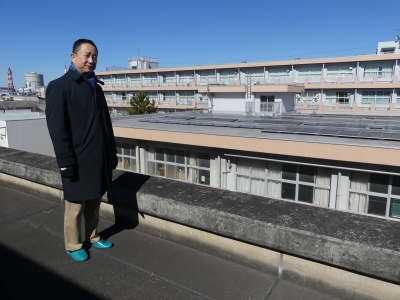A Russian drone attack badly damaged the confinement structure around the disused Chernobyl nuclear power plant intended to prevent the release of nuclear substances, a senior nuclear industry official said Friday.
Ukrainian President Volodymyr Zelenskyy and the International Atomic Energy Agency had earlier reported that radiation levels remained normal at the plant, site of the world's worst nuclear accident in 1986.
"The barrier, which was supposed to prevent the spread of radioactive substances, has ceased to function according to its original design," Oleksandr Tytarchuk, the plant's chief engineer, told reporters at the stricken plant.

















With your current subscription plan you can comment on stories. However, before writing your first comment, please create a display name in the Profile section of your subscriber account page.